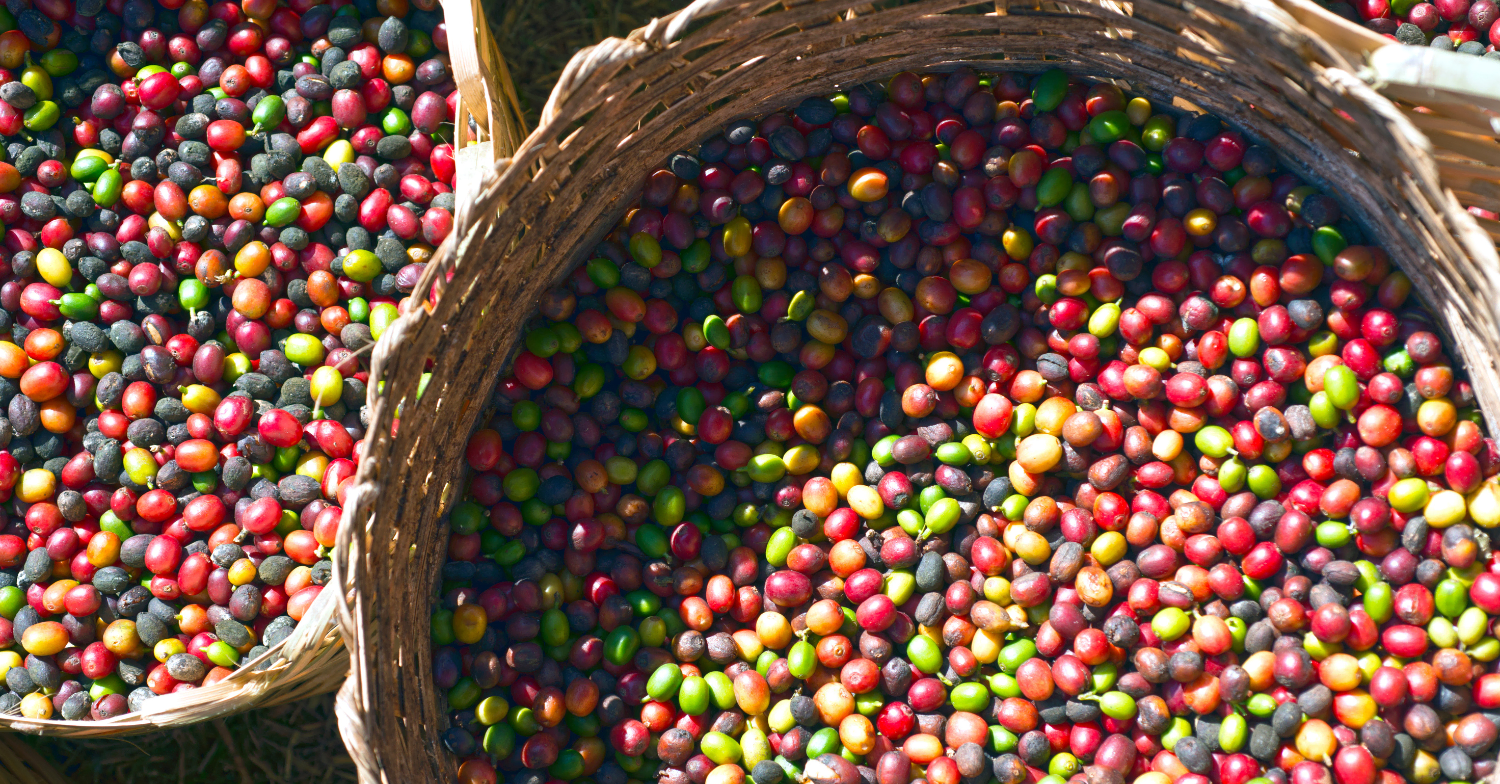Market analysis reveals key insights for coffee traders and roasters navigating volatile conditions
Coffee futures experienced significant turbulence last week, dropping to their lowest point of the year as initial frost concerns in Brazil quickly dissipated. The September contract fell to 303.75 US cents per pound, marking an 11.30 cent decline that has captured the attention of industry professionals worldwide.
Weather volatility drives market swings
The coffee market demonstrated classic weather-driven volatility, with early-week frost predictions in Brazil creating immediate price spikes before reality set in. What began as a potentially catastrophic weather event for coffee production quickly transformed into a non-event, leaving traders to reassess risk premiums built into current pricing.
Market participants witnessed dramatic intraweek price action, with futures climbing above 327 cents before retreating as meteorological data provided clearer pictures of the actual frost impact. This pattern highlights the ongoing sensitivity of coffee markets to Brazilian weather patterns, particularly during the critical winter frost season.
Production outlook remains stable
Initial assessments of the cold front’s impact on Brazilian coffee regions suggest minimal agronomic damage to production capacity. Reports from southern growing regions indicate only superficial leaf damage in fringe areas, with core production zones remaining largely unaffected.
The resilience of Brazil’s coffee crop to this weather event reinforces production forecasts for the 26/27 season, though industry experts note that the statistical frost season extends into early August, maintaining some weather risk in near-term pricing models.
Market positioning and price expectations
The rapid erosion of weather risk premium from coffee futures indicates that significant speculative positioning may have been unwound following the frost scare. This dynamic creates potential opportunities for market participants, particularly as roaster buying patterns typically emerge at key technical levels.
Industry analysis suggests that strong commercial support may emerge around the $3.00 per pound level, with trading ranges potentially consolidating between $3.00-$3.10 in the near term, barring any renewed weather concerns.
Strategic implications for coffee industry
The week’s price action demonstrates several critical factors affecting coffee market dynamics:
Weather risk management: The swift market reaction to frost forecasts underscores the importance of accurate meteorological analysis in coffee trading strategies. Market participants who can effectively interpret weather data maintain significant advantages in volatile conditions.
Seasonal patterns: With peak frost risk traditionally occurring in late July and early August, market participants should remain vigilant for additional weather events that could reintroduce volatility to pricing.
Commercial buying opportunities: The removal of weather premium from current pricing may present strategic purchasing opportunities for roasters and other commercial buyers seeking to secure inventory at relatively attractive levels.
Looking ahead
Coffee market fundamentals continue to evolve as seasonal weather patterns progress through Brazil’s winter months. The interplay between weather risk, commercial demand, and speculative positioning will likely drive near-term price discovery.
Market participants seeking to navigate these complex dynamics require comprehensive analysis that goes beyond surface-level price movements to examine underlying supply and demand factors, weather modeling, and commercial flow patterns.
Read full week 27 coffee market analysis on the Vesper platform here: https://app.vespertool.com/market-analysis/2054
